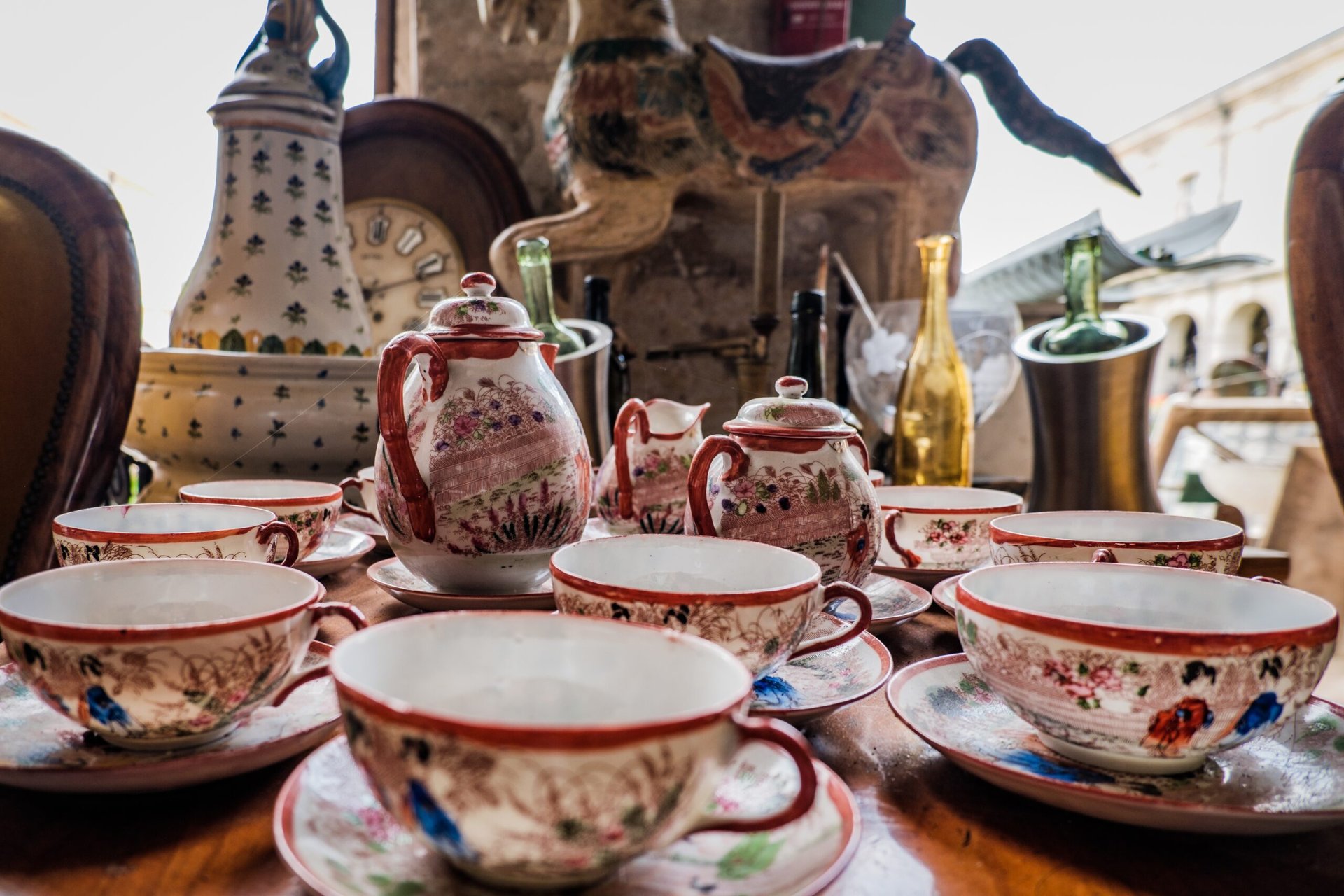With 30 years of reselling under my belt, I’m the go-to guy when friends need a quick appraisal. And over the years I’ve noticed a recurring phenomenon: The vintage items most people consider valuable usually aren’t, and the things they want to toss are often hot collectibles.
Here’s why: Many of us get our idea of what’s valuable from our parents. But markets change, and new collectors have different tastes.
What disregarded treasures are hiding in your home right now? The answers might surprise you. In this series, we’ll explore hot collectibles you might already own.
1. Hammond organs

I’m fortunate to have many friends in the resale business, and, to learn more about Hammond organs, I interviewed one of the best. Hammond organ technician Bobby Bergland has been buying, restoring and reselling this very specific set of musical equipment for 30 years. A skilled musician himself, his appreciation for the Hammond is both professional and deeply personal.
The first patent for the Hammond organ was filed in 1934 by its inventor, Laurens Hammond of Evanston, Illinois. Dubbed the “Electric Flute” in those early years, Hammond’s invention was the first organ to combine electric and mechanical systems to create a purer and more robust sound.
According to Bobby, these are the most collectible and valuable Hammond models (in descending order):
- Hammond B-3 (produced from 1955-1974)
- Hammond C-3 (1955-1974)
- Hammond A-100 (1955-1965)
- Hammond RT-3 (1954-1969)
“Today’s buyers are concerned with two things: condition of the console (the wooden encasement that houses the organ) and the functionality of the mechanical and electrical components,” Bobby said. Primary buyers for the B-3 model are established rock and R&B bands, and churches are reliable buyers for all models listed above.
Recently on eBay, this Hammond B-3 model with bench sold for $9,000, and this A-100 model with bench sold for $1,495.
2. Wool blankets by Faribault

In the 1860s, Carl H. Klemer founded what would become Faribault Mill in Faribault, Minnesota. Still going strong today, the company sells wool blankets, cotton sheets, pillows and a variety of cold-weather gear.
Similar to vintage Pendleton and Hudson Bay blankets, Faribault blankets are prized not only for practical use, but also for their artistic quality. You’re just as likely to find them hung on a wall as laid across a bed.
Pristine pieces from the 1940s-1970s sell best. Recently on eBay, this boldly striped Faribault blanket sold for $100 and this tartan plaid example is listed for $220 on Etsy.
Faribault versus Faribo: Don’t hit Spellcheck. Faribo is a sort of sub-brand used by Faribault Woolen Mills in the 1960s and 1970s as a closer approximation to how the name of the town is pronounced (FAIR-boh).
3. Uranium glass

Rather than to a specific glassmaker, the name uranium glass refers to any type of glass made with trace amounts of uranium. Added during the melting and shaping process, the uranium creates a stunning greenish-yellow fluorescence when illuminated under ultraviolet light.
Popular from the mid-1880s through the early 1940s, uranium glass is sometimes referred to as “Vaseline” or “canary” glass due to the yellow hues achieved by some glassmaking companies. Popularity of the glass dwindled in the 1940s as access to uranium became limited due to World War II.
Though uranium glass was produced by many companies, pieces found in the United States were likely made by:
- Mosser
- Cambridge Glass
- Viking Glass
- Fenton
- Boyd Crystal Art Glass
- Buckeye Glass
Today, this curious glowing glass is a hot seller online. Recently on eBay, this elaborate glass centerpiece by Fenton sold for $849. And on Etsy, this barrel-shaped bar set by Cambridge is listed for $1,559.99
Safety concerns: Understandably, the word “uranium” sparks health concerns for most of us. According to The Science Times, uranium glass is safe to own since the level of radioactivity is roughly on par with that produced by most household electronics. Still, using pieces as part of your everyday dinnerware is not recommended.
The quality quotient

This month’s hot collectibles are products of innovative design and top-notch craftsmanship. Short of any other knowledge about the resale market, being able to identify quality is the single most important skill in spotting the treasures all around you.
As the retail market gets more frenzied and fashion cycles get shorter and shorter, quality is becoming a true rarity. Take a second to compare the vintage items you love with their contemporary counterparts. It’ll make you appreciate what you already own even more.
Curious about the surprising world of vintage collectibles? Check out my series on hidden treasures in the secondhand market.



